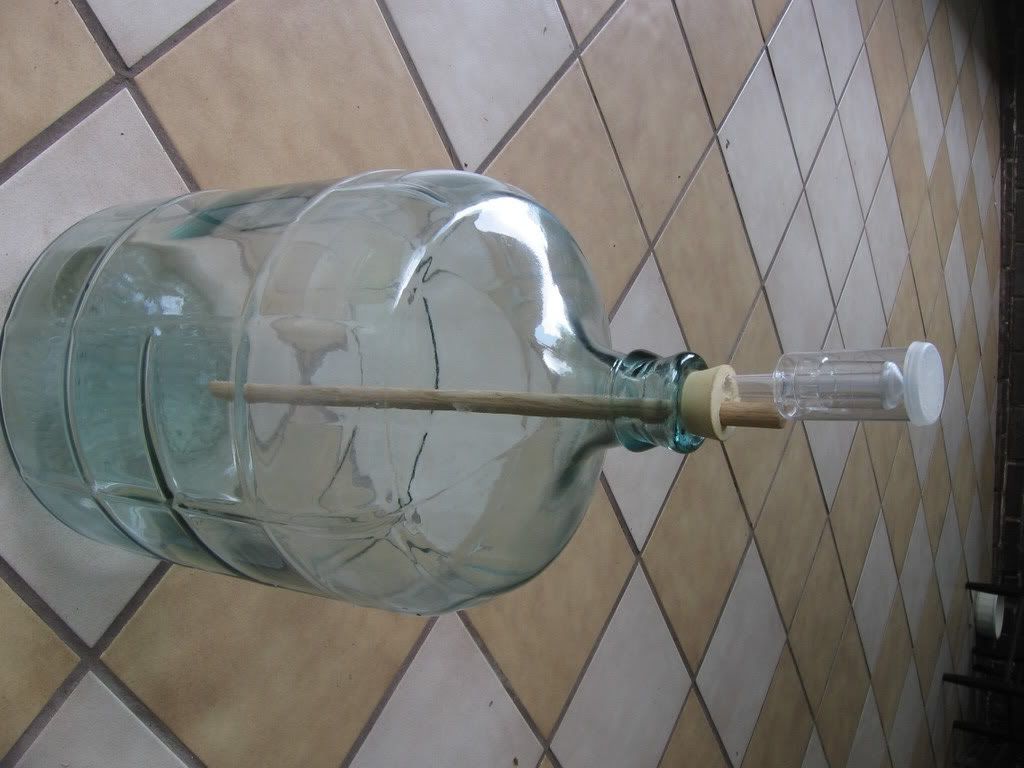shotduck
Well-Known Member
- Joined
- 21/7/06
- Messages
- 94
- Reaction score
- 0
Too right! Add to that the two years before you bottle it, and you've got a loooong time waiting for a beer that, when placed next to other beers you make in a matter of weeks, pales in comparison. On the other hand, if you get it right... :beerbang: :beerbang: :beerbang:Getting your hands on authentic lambics around here is bloody hard, but I making the stuff is 10x harder I reckon.
Cheers,
TSD






